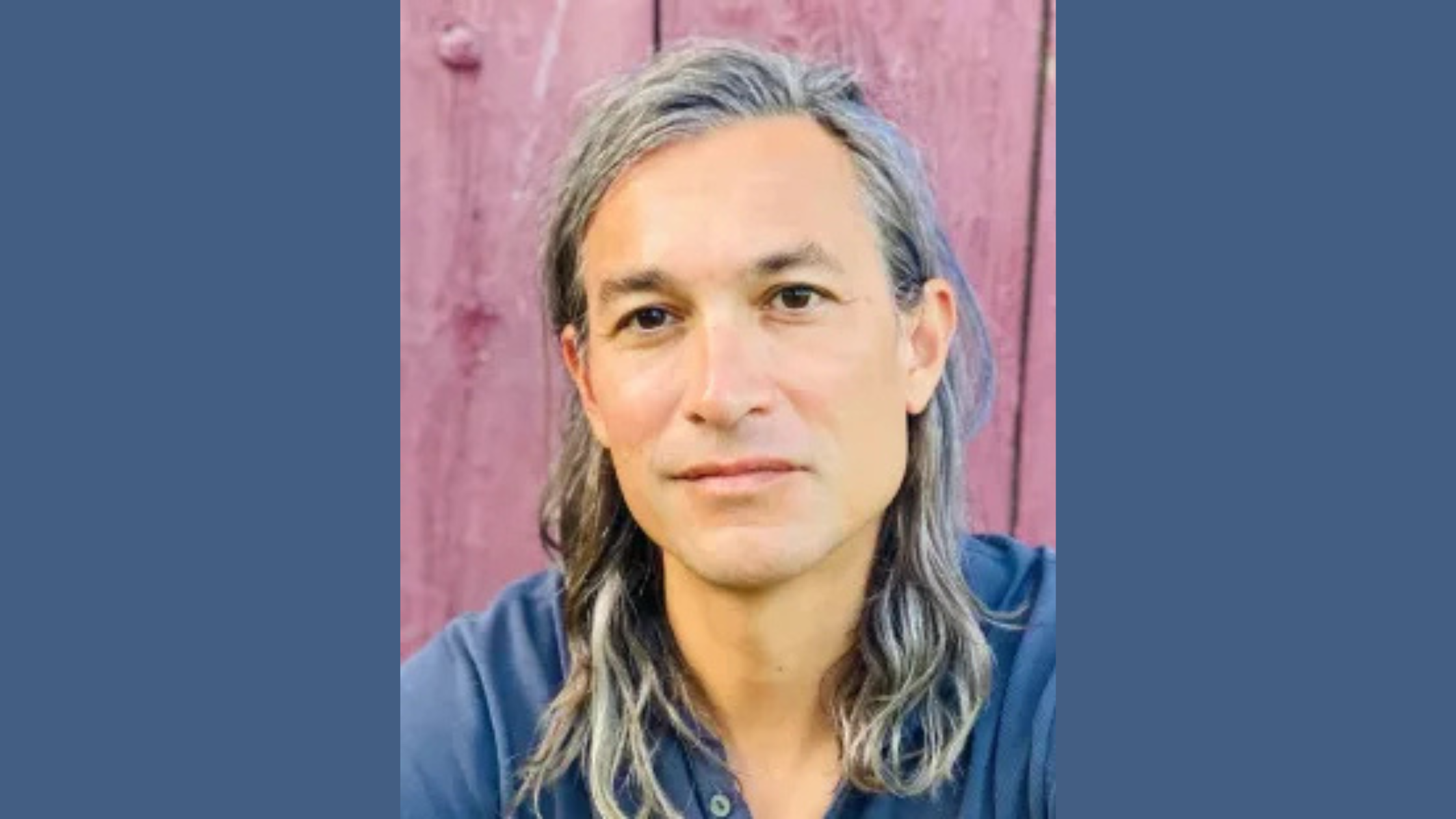Gerard Koeppel on the Clash of Cultures that Turned Deadly on the High Seas

In Gerard Koeppel’s engrossing Not a Gentleman’s Work: The Untold Story of a Gruesome Murder at Sea and the Long Road to Truth, Koeppel investigates a murder trial that captured the attention of the late nineteenth century but is now largely forgotten. In 1896, six days into a twelve-week voyage to Buenos Aires, crew members of the merchant ship Herbert Fuller discovered the dismembered bodies of the captain, his wife, and second mate, all murdered with an axe. One of the crew members, Thomas Bram, was eventually convicted for the murders. Yet, as Koeppel’s meticulous research shows, little credible evidence supported that Bram could have committed the crimes. In Not a Gentleman’s Work, Koeppel turns his attention to a passenger on the ship, Lester Monk, a hard-drinking son of one of Boston’s most prominent families. The resulting book traces the lives of the two men and is a shocking exposé on class, race, and America’s court system. Kirkus Reviews hailed Not a Gentleman’s Work as “stupendous” while The New York Journal of Books called it “true crime at its best.” Brendan Dowling spoke with Koeppel via telephone on May 13th, 2020.
How did this story first catch your attention?
I was casting about for the next book to write. I had already been interested in this fellow, Joshua Slocum, who was the first person to sail alone around the world in 1895 to 1898. He wrote a book about it, which was a very popular book in 1900. In an appendix of book he explained how he had managed to sail his little boat around the world alone, which without any special gear would have been impossible, because he would have needed to sleep, at least some of the time. He had rigged up a self-steering mechanism and he explained in the appendix just how that worked. He noted, sort of obliquely, that the issue of boats being able to sail themselves had been an issue in what he said was “a famous murder trial in Boston not long since.” That was an intriguing thought. There are numerous published versions of Slocum’s book, it’s still in print. In an annotated version of Slocum’s book there was an endnote indicating what he was referring to in this “famous murder trial in Boston not long since.” It was the murder trial of Thomas Bram for the three murders on the Herbert Fuller. I decided to poke around a little and thought, “There’s a story and I’m going to write about it.”
It was such a notorious case at its time. You liken it to another famous murder trial of the time, the Lizzie Borden case. Why has the Lizzie Borden trial stuck in our popular consciousness, but this case, which was equally horrific, has faded from memory?
It’s sort of hard to know the answer. The two cases are similar in that they were both closed room mysteries, where there’s no opportunity for an unknown outside person to have done the murders. I suppose as I say that, in Lizzie Borden, there was a possibility [someone else could have done it], although very remote, but on the ship, obviously none at all. When you have a possible female murderer, that is perhaps more attractive than a working class guy whose life was obscure before. Lizzie Borden remained very present [in her community]. She still lived in the town or the next town over for the rest of her life. Bram went to prison for many years. He certainly never faded from the public consciousness completely, because there were always newspaper stories about him and his efforts to get out of prison, which were ultimately successful.
Can you talk about what Lester Monk was like?
He’s the interesting character here. He really had no place on the ship. This was a working ship going on a long voyage to South America with a load of lumber. It was a very routine voyage done by seafaring people. What was he doing on this boat? He had been put on the boat by his father, because Lester had just gotten thrown out of Harvard for basically failing all of his courses after two years. This was not a passenger ship by any means. He was the only passenger aboard. It was a strange place for him to have been. He was put in the after cabin where the captain and his wife and the two mates spent their sleeping and eating hours; the rest of the crew was in the forward cabin. It was certainly a clash of culture, this Harvard boy in with these seafaring people. For whatever reason, that combination turned deadly.
That clash of people from different classes and also different countries is so strikingly realized. Can you talk about life on the ship? What were the relationships like among the crew members?
It’s funny, on a ship with twelve people on a voyage that’s going to take six to eight weeks, you would think that a certain camaraderie would develop. But of course on working ships it rarely did. The captain and the mates were in charge. The crew members had really no say in how the ship was run, no involvement in decisions that were made. Here you had twelve people living in relatively close quarters who had very little contact with each other on a 175 or so foot ship. The crew did their watches and went back to the forward part of the ship for their food and sleep, and the two mates who ran the crew twenty-four hours a day retired to the aft cabin. The captain really had no direct involvement with the crew at all. He passed his instructions through his mates. His wife was aboard. It seems an incredible thing that a wife would be out on a ship with eleven other men for two and a half months, but it was fairly routine. It was a different time. Social barriers and rules were much more sharply defined then perhaps they are today generally. It was an environment that is hard for us to imagine today.
I was struck by how some of the crew members weren’t even sure of what their fellow crew members’ names were, even after being on board with each other for so long.
That was extraordinary for me to read in the trial testimony. I think probably the crew members knew the names of each of their fellow watchmates. There were two watches, four crewmembers and one mate on each watch. Nobody cared very much to learn the names of the mates or the crew. That’s just the way things were.
The crime is so unsettling and the book does such a fantastic job of capturing the intricacies of the murders. Right before he died, Captain Nash gave an order or said something to Thomas Bram and Thomas Bram replied, “That ain’t natural.” With all the research that you’ve done, what do you think Nash asked of Bram?
First of all, it’s uncertain that exchange even took place, because that was testimony offered by the ship’s steward, who supposedly heard this conversation, but nobody else heard the conversation. Bram himself denied that it took place. Other crew members were asked about it and none of them actually said they heard Bram say, “That ain’t natural.” What is sort of astounding to me is that when the steward testified to that, there was no sharp questioning by Bram’s defense attorneys as to how he actually heard that and what specifically he though Bram meant. So it sits there as something seemingly important, something that arguably makes Bram have some kind of grudge against the captain for some mysterious reason, but it isn’t followed through in the questioning to see whether in fact the steward made it up or even misheard it.
The case was instrumental in the Miranda Rights decision, is that correct?
The Miranda Rights spring originally from this case. Miranda is seventy-five years later. After Bram’s first conviction at trial, his lawyers went to the US Supreme Court on appeal. His case was held in Federal Circuit Court so it automatically went on first appeal to the Supreme Court. There, the Supreme Court for the first time made a decision based on the Fifth Amendment, which says that you are entitled to a lawyer and that you can’t self-incriminate. Why the Supreme Court picked this particular aspect of Bram’s trial, when the lawyers took sixty points of error to the Supreme Court, was entirely surprising to Bram’s lawyers. It was a minor point of theirs, but for some reason the Supreme Court decided to focus on this for the first time. It was the beginning of Fifth Amendment jurisprudence for the Supreme Court, which eventually leads to the Miranda decision.
What role has the library played in your life?
I researched my first book, which is on the history of fresh water in New York City, entirely in the New York Public Library. The New York Public Library has some rooms for writers to use. At New York Public Library you call for books during the day and the minute you leave, they go back unless you have a desk in one of these rooms, then you can keep your books. It really is like an office within the library, and that was essential to me in the first book. For this book I did a lot of online research, but—and I would say fortunately—a lot of the research has not been digitized or otherwise made available online. I did most of my research at the Harvard Law Library where the trial transcripts are, and at other repositories in Boston where other material is that hasn’t been put on line: The Boston Athenaeum, the Massachusetts Historical Society, and the National Archives. And of course the National Archives in Maryland where Bram’s original file of his incarceration and ultimately successful attempts are. There’s nothing like doing research in a library. There really is a sensual pleasure in going to a library and being able to handle original materials; you can’t get that online. There’s also the communal experience of being at a table or a set of desks and you can look around you and see other people doing their own research. You feel as though you’re in a fraternal situation when you’re in a library, doing original research. It’s something that the digital age can never replace.
This interview has been edited and condensed for clarity.









